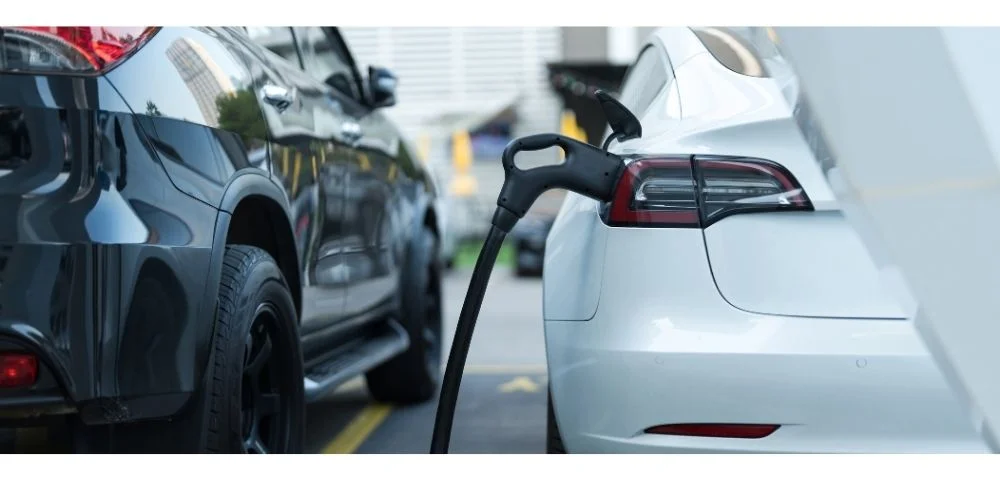
Electric Vehicle Market
According to the International Energy Agency, there has been nearly a 16-fold increase in electric vehicle sales from 2016 to 2023. More than half of the sales in 2023 occurred in China, making up over 8.1% of the overall vehicle market in the last quarter of 2023. According to McKinsey, even with a 50% increase in people considering buying electric cars, the global adoption rates still remain low.
Electric vehicles, combined with the expected growth in clean energy production, appear to be a promising option for our future. However, there are barriers preventing the widespread adoption of these technologically advanced, promising, and low-cost-to-operate vehicles.
What Hinders Electric Vehicle Adoption?
Factors hindering the widespread adoption of electric vehicles include the high cost of changes in the production system, inadequate charging infrastructure, limited range of vehicles on a single charge, battery technology and lifespan, tax policies, and more. In addition to the problems that manufacturers need to solve for electric vehicles to be embraced by users, there is one more thing that every electric vehicle manufacturer should consider, and that is weather conditions.

How Weather Impacts Electric Vehicle Adoption
Driving in challenging weather conditions like heavy rain or snow can be dangerous and difficult. However, with electric vehicles, range anxiety makes severe weather conditions even more crucial for electric vehicle owners.
All vehicles, whether internal combustion or electric, become less efficient in cold temperatures. However, efficiency is impacted more pronounced in electric vehicles. Temperatures below 5°C (41°F) significantly affect the battery range, reducing it by up to41%. Moreover, charging takes longer in cold weather. On the other hand, hot weather can overheat batteries, reducing efficiency by up to 4% without air conditioning and up to 17% with air conditioning.
Weather conditions greatly affect electric vehicle battery health, range, and charging times. Therefore, conscious electric vehicle manufacturers need highly accurate weather data to convey the range and charging times to consumers accurately.

Eliminate Weather Risks for Electric Vehicles
While manufacturers are aware of the impact of weather on electric vehicles, the solution is not always straightforward. Many companies currently use sensors to capture real-time weather data for their vehicles. However, this doesn't provide a predictive view of what lies ahead on the road. Integrating weather forecast information into vehicle systems can trigger alerts in advance to change driving behavior, such as automatically activating the economy mode in cold weather until the next charging station. Today's electric vehicle owners especially need highly accurate weather information to determine whether they can drive 500 km or 400 km (310 miles or 248 miles), making accurate weather data crucial. Buluttan Weather Intelligence is here to meet this need.
Weather Intelligence for Electric Vehicle Transformation
By integrating Buluttan Weather Intelligence’s product Buluttan Map Layer, into navigation systems allows you to stay ahead in the electric vehicle transformation compared to your competitors.
Out of the 5,891,000 vehicle accidents that occur annually, 21% are due to weather conditions, resulting in over 300,000 injuries and 5,000 deaths. Buluttan Map Layer provides accurate predictions of extreme weather conditions on road.
24% of weather-related accidents occur on snowy, muddy, or icy roads. Predictions for slippery and icy roads involve not only temperature but also factors like tires and road conditions. Buluttan Map Layer combines vehicle data with hyper-local weather and road conditions, dynamically predicting road slipperiness levels and informing drivers. Weather significantly impacts battery range and charging times. Temperature changes can affect battery range by up to 40%, and charging times can increase by up to 36% in cold weather. Buluttan Map Layer accurately predicts your electric vehicle's remaining range and helps you identify fast charging points along your route, improving your driving experience and avoiding unexpected delays.







